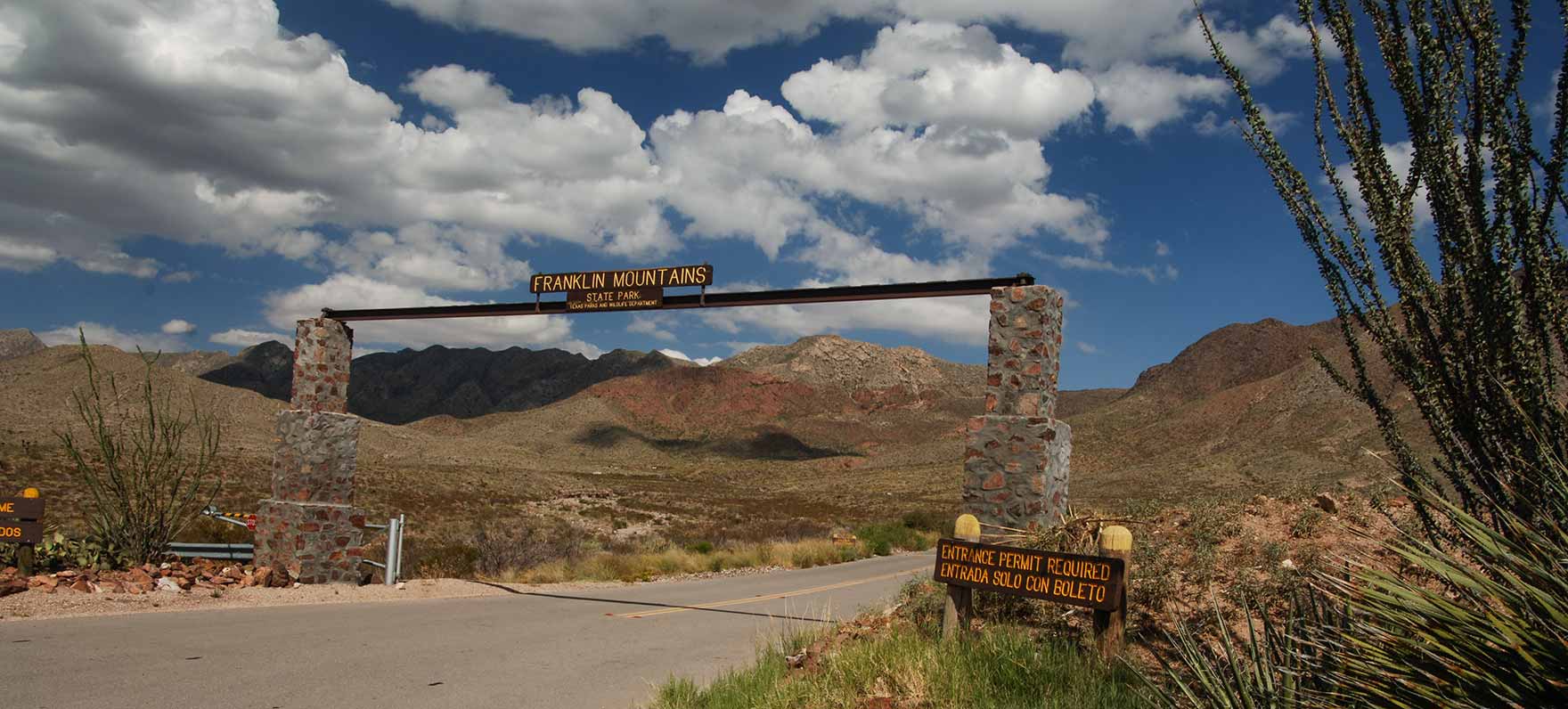Texas Outdoor Story – The Squirrel and the Snake
Friday, September 22nd, 2017This is Passport to Texas Outdoor Stories
Ginger Turner enjoys paddling on Lady Bird Lake in Austin. Over the years, she says she’s witnessed her share of unusual incidents on the water.
The one that was really funny and sticks out in my head. My friend and I were paddling and we saw something swimming and we couldn’t figure out what it was. We get over there and it’s a squirrel swimming over one of the widest parts of the lake. We’re like, “let’s get closer; get closer.” So we follow him over and he ran up this tree that was leaning over in the water. As he was running up he ran smack dab into a snake that was curled up sunning on the tree. And it startled the squirrel, and it startled the snake and they both jumped about 10 ft. up in the air! And the snake plopped in the water and the squirrel we couldn’t even find. Later we heard a rustling and we saw the squirrel had made it over to the shore. But it was hilarious, it was funny. But I didn’t know that squirrels swam, but I guess they do. [laughs]
Thanks, Ginger. You never know what you might see when you get outside.
Do you have a funny or memorable Texas outdoor story to share? Go to passporttotexas.org, and let us know. We love to hear what you do outside!
That’s our show… For Texas Parks and Wildlife…I’m Cecilia Nasti.








 Passport to Texas is a
Passport to Texas is a  Passport to Texas is made available by:
Passport to Texas is made available by: